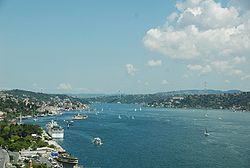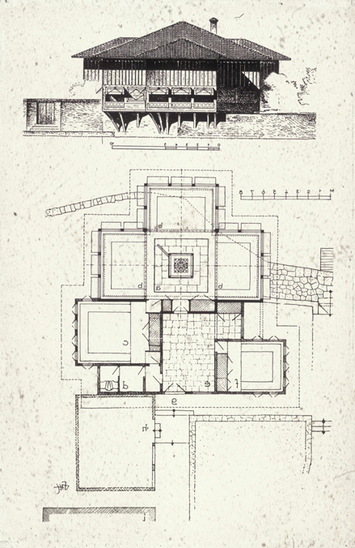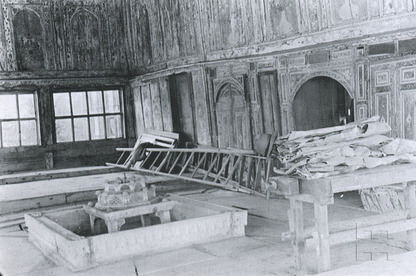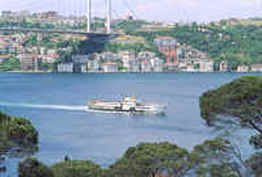History ambassador at the Bosphorus of Istanbul:
The Keupruli Mansion
The oldest wooden seaside mansion along the Bosphorous, The Keupruli Yali of Istanbul, Turkey is about to disappear because of the legal and financial hindrances withholding its renovation.
Light Forum/Finansal Forum
Light Forum/Finansal Forum








